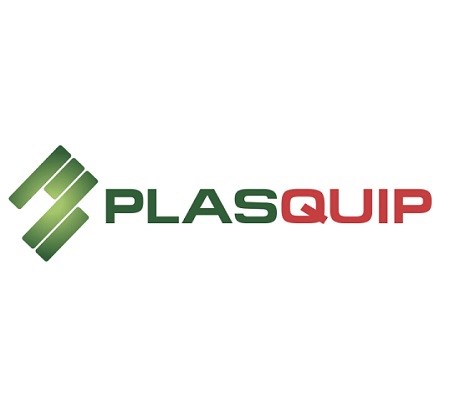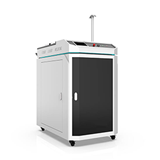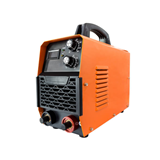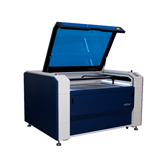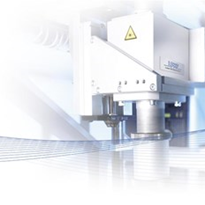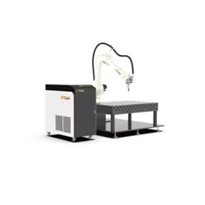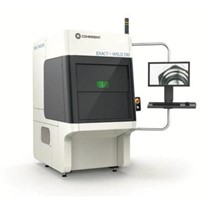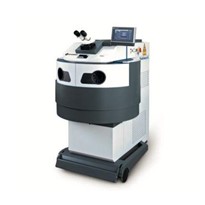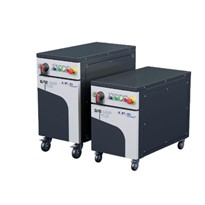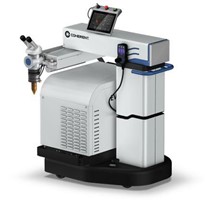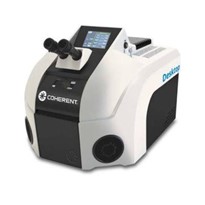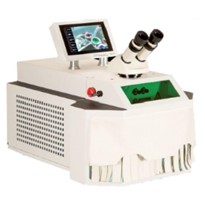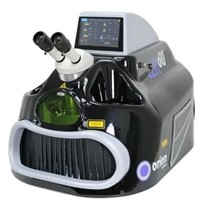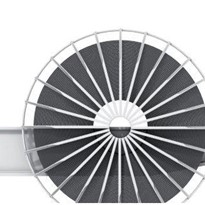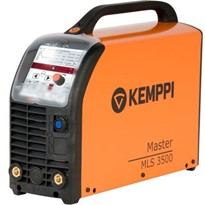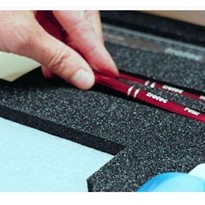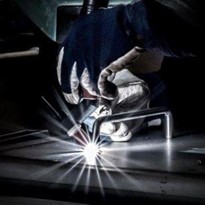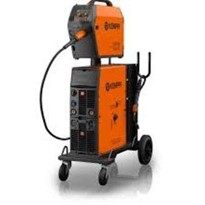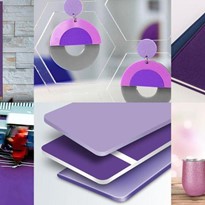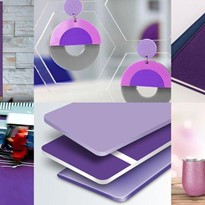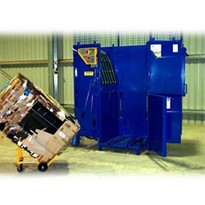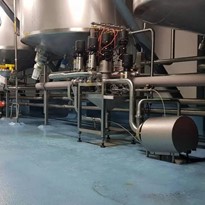Plasquip is a trusted provider of laser machines, and as we explore further into laser technology, we will discuss the advantages of laser welding over other methods in this blog. Let us help you decide whether this technology is right for you.
Firstly, let’s get to know welding. It is a fabrication process where two or more components are joined together by subjecting them to heat and pressure. It is believed to have existed in a way as far back as the Iron and Bronze age. Egyptian relics showed evidence of lap joints pressure welded in small gold boxes dating from over 2,000 years ago. However, the person to be credited as the one who invented true welding is Auguste De Meritens. He used arc heat to join lead plates together that paved the way for his student named Nikolai Bernardos to patent a method of electric arc welding with carbon rods. Finally, C.L. Coffin discovered an arc welding process using a coated metal electrode that became the forerunner of shielded metal arc welding.
Laser Welding and Traditional Welding
Traditional Welding
There are three major types of traditional welding: TIG (Tungsten Inert Gas) welding, MIG (Metal Inert Gas) welding, and spot welding. TIG and MIG welding employ a shielding gas to create an inert atmosphere on the welding head. For TIG, the arc is made with the tungsten electrode, whereas for MIG, the electrode is the filler wire. Spot welding is done by clamping parts between a pair of electrodes and allowing an electric current to pass through.
As one can observe, the traditional welding method transfers a significant amount of heat to the workpiece that can affect the metallurgical structure around the welded area.
Laser Welding
A welding process that utilizes a laser beam to join together metals or thermoplastics. Welding is done by firing a series of short pulses that can melt the metal to produce a high-quality weld. Since the laser is a concentrated heat source, in contrast with traditional welding, the work piece’s heat is minimized. In addition to this, welding thin materials are also made possible and can be accomplished quickly within meters per minute unit.
Advantages of Laser Welding
-
Higher Weld Strength
For a weld to have high strength, a balance must be achieved and maintained between penetration depth and the root pass’s width. A ratio of 1 to 1.2 should not be exceeded by the depth to width ratio. This ensures that the shrinkage stresses are evenly distributed in all directions as the weld metal solidifies. The laser weld is not only narrow but also excellently satisfies the above ratio.
-
Lower Risk of Heat-Induced Metallurgical Change
In laser welding, the area exposed to heat is much smaller as compared to traditional welding. Thermal stress can significantly damage the workpiece by creating distortions and deflections. In laser welding, the total heated area does not spread to the rest of the workpiece, and it has a rapid cooling feature making the thermal stress damage minimal.
-
Higher Precision Welding
The laser beams in laser welding can be tightly controlled to achieve micro-welding, even on small workpieces. Having a 0.025mm precision as compared to other welding processes, this will be hard to match.
-
Lesser Scrap Accumulation
Laser welding is an automated process where welding is controlled by computer inputs, so you will not be relying on a worker’s skill. This sums up to rarely committing weld errors compared to traditional welding, where the man-induced error is widely observed.
-
Cost-Effective
Having a lower processing time yields a higher production rate. Though the initial tooling investment is costly, laser welding is proven to be cost-effective in the long run, making it a profitable business venture.
Disadvantages of Laser Welding
-
Requires High Accuracy Assembly Set-up
Since the spot size is relatively small, any minor deviation from the laser beam’s standard tolerances or minor shifts from the work piece’s position can cause welding defects.
-
High Initial Tooling Cost
Lasers, in general, are a bit expensive. A huge bulk of its cost comes from the upfront costs during set-up and installations of all related systems needed for its functionality.
PLASQUIP
Plasquip is a family-owned and operated supplier of specialized equipment solutions for the plastic sheet fabrication industry. We offer a wide array of welding machines, welding rods, machining equipment, laser cutting machines, and many types of machinery to meet their customer’s needs.


